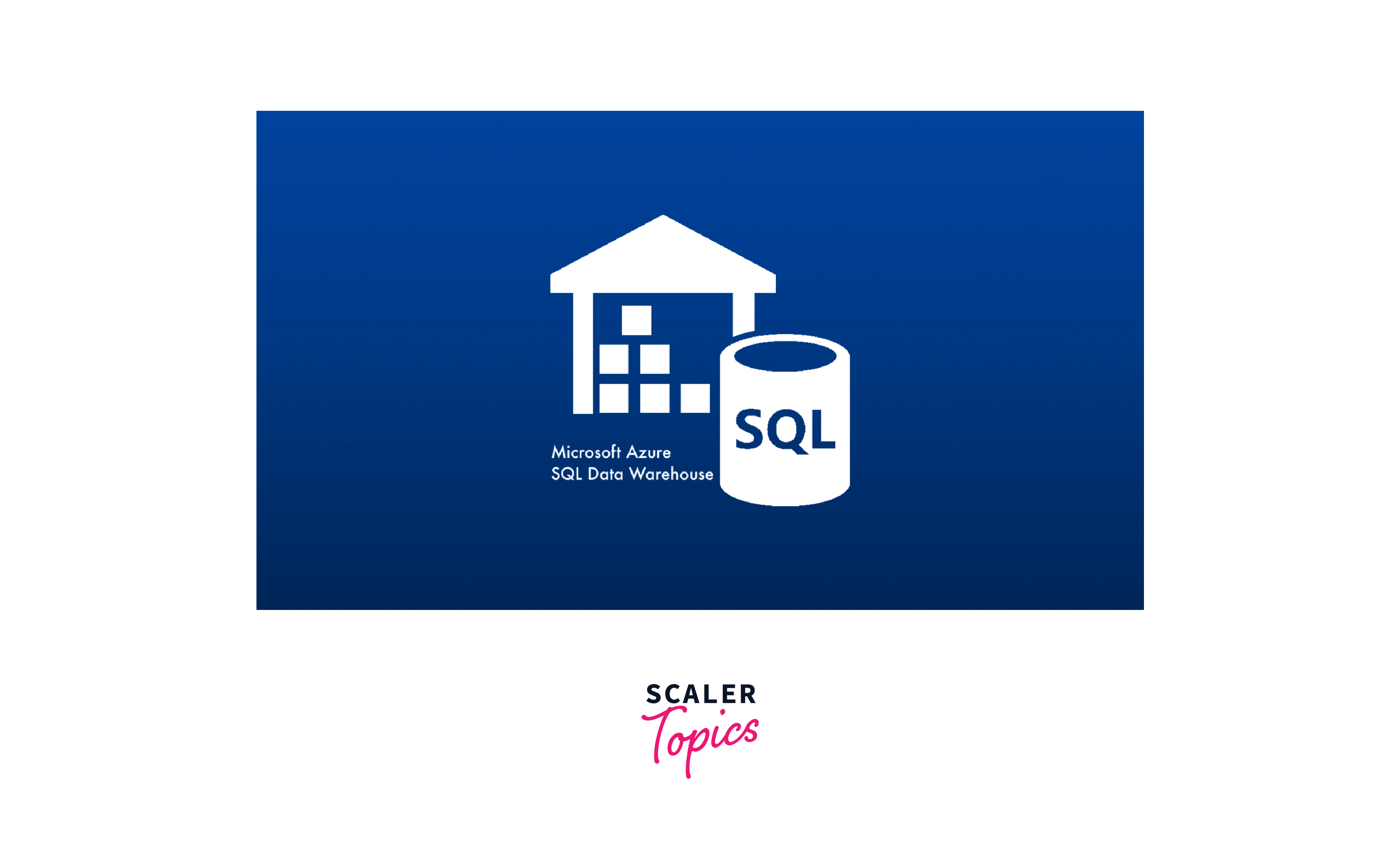Azure SQL Data Warehouse
Overview
Azure SQL Data Warehouse is a cloud-based solution designed for creating and delivering data warehousing capabilities. This versatile platform can efficiently handle extensive volumes of both relational and non-relational data. It offers SQL data warehousing features integrated with cloud computing infrastructure. It comes with built-in support for SQL Server and facilitates seamless migration from on-premises SQL servers, enabling users to work with familiar queries and structures. Subscribers have the flexibility to easily adjust the scale, pause, or reduce the resources allocated to their data warehouse.
How does Azure SQL Data Warehouse Work?
Azure SQL Data Warehouse is intended for enterprise-level data warehouse solutions and stores massive amounts of data (up to Petabytes) in Microsoft Azure. It employs MPP (Massively Parallel Processing) to conduct analytical queries, allowing it to give rapid query results for huge amounts of data. This solution also offers a unified SQL-based view, bridging the gap between relational databases and non-relational Big Data stores, enabling organizations to integrate structured, unstructured, and streaming data seamlessly within the cloud-based data warehouse. Users have the option to manage Azure SQL Data Warehouse through SQL Server Management Studio (SSMS) or compose queries using Azure Data Studio (ADS).

Azure SQL Data Warehouse employs PolyBase to directly query big data stores like Hadoop systems. Polybase enables an organization to perform standard T-SQL queries to transfer data into SQL Data Warehouse, offering a single SQL-based query surface for all of your data. This data warehousing solution stores information in relational tables, leveraging columnar storage to reduce storage expenses and enhance query speed.
SQL Data Warehouse is built on a scale-out architecture that distributes data processing across numerous nodes. This architecture distinctly separates computational processing and data storage, allowing users to scale them independently. This flexibility ensures that organizations only pay for the processing and storage resources they genuinely require.
Advantages and Disadvantages of Azure SQL Data Warehouse
Advantages that Come with Azure SQL Data Warehouse Include:
- Azure SQL Data Warehouse offers a cost-effective, pay-as-you-go model, making it more economical than organizations building their enterprise-level data warehousing solutions.
- It leverages Azure's cloud-based compute and storage resources, ensuring scalability in computational power.
- System management is handled by Microsoft, ensuring efficient operation and maintenance.
- Microsoft guarantees a 99.9 percent availability for Azure SQL Data Warehouse, ensuring high uptime and reliability.
- The service fully complies with industry standards and regulations, including PCI-DSS, SOX, and HIPAA, meeting stringent security requirements.
- Advanced security features are integrated, with Azure Threat Detection for proactive threat management.
- Data at rest is secured through Transparent Data Encryption (TDE).
- Azure SQL Data Warehouse seamlessly integrates with Azure Active Directory, Data Factory, Data Lake Storage, Databricks, and Microsoft Power BI, facilitating comprehensive data management and analytics.
Disadvantages that Come Along with Azure SQL Data Warehouse Include:
- Transitioning data from Infrastructure as a Service (IaaS) may prove to be complex.
- Data migration to the cloud service can pose challenges.
- The service supports a maximum of 32 connections concurrently.
- It accommodates up to 1,024 active connections.
- In-memory OLTP support is absent.
- Certain functions are only functional within Azure SQL Data Warehouse's classic portal.
Pricing
Understanding the pricing structure of Azure SQL Data Warehouse is crucial for customers to make informed decisions regarding their resource allocation. Unlike many cloud services that employ a single, fixed charge, Azure SQL Data Warehouse adopts a more granular approach, encompassing two distinct cost components: compute and storage.
For data storage, customers are charged at a rate of 122.88 dollars per month per 1 TB, which includes the space occupied by their data warehouse and 7 days of incremental snapshot storage. Additionally, geo-redundant storage for disaster recovery is available, with billing starting at 0.12 dollars per gigabyte per month.
Compute resources are allocated on a flexible scale, contingent on Data Warehouse Units (DWUs). This scale ranges from DW100c, priced at 1.20 dollars per hour, to DW30000c, which costs 360 dollars per hour. Azure SQL Data Warehouse also offers discounts for customers willing to commit to multiyear agreements, providing cost-effective options for long-term projects.
This pricing model grants customers the flexibility to tailor their expenses precisely to their business requirements and workload demands. It ensures that customers are charged based on their actual usage, and the availability of discounts for extended commitments makes it an attractive choice for businesses planning for the future.
Conclusion
- Azure SQL Data Warehouse is a cloud-based solution designed for creating and delivering data warehousing capabilities.
- The Azure SQL Data Warehouse platform can efficiently handle extensive volumes of both relational and non-relational data and it offers SQL data warehousing features integrated with cloud computing infrastructure.
- Azure SQL Data Warehouse is intended for enterprise-level data warehouse solutions and stores massive amounts of data (up to Petabytes) in Microsoft Azure.
- Azure SQL Data Warehouse adopts a more granular pricing approach, encompassing two distinct cost components: compute and data storage.
- For data storage, customers are charged at a rate of 122.88 dollars per month per 1 TB, which includes the space occupied by their data warehouse and 7 days of incremental snapshot storage.
- Compute resources are allocated on a flexible scale, contingent on Data Warehouse Units (DWUs).
